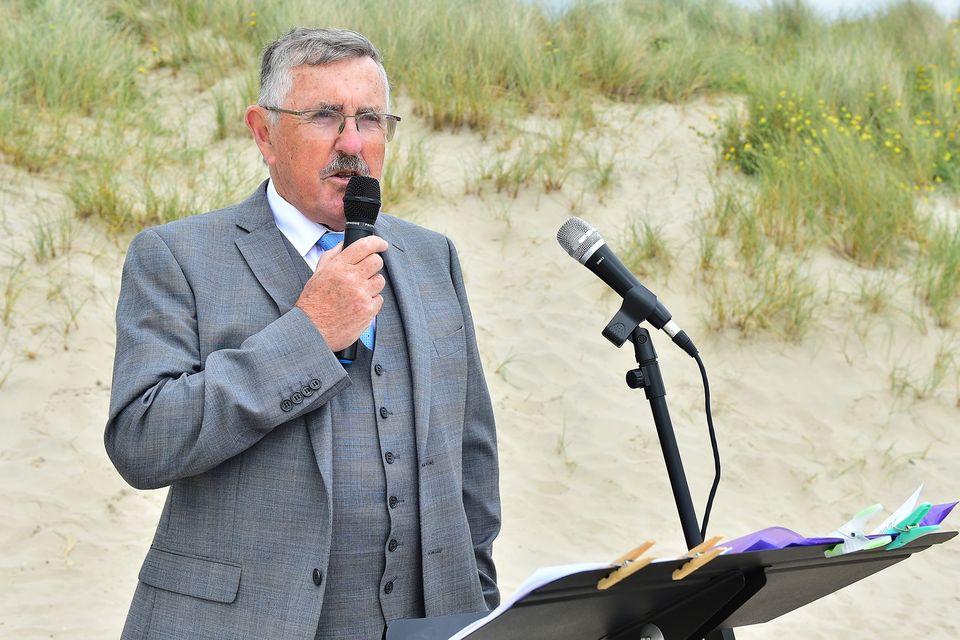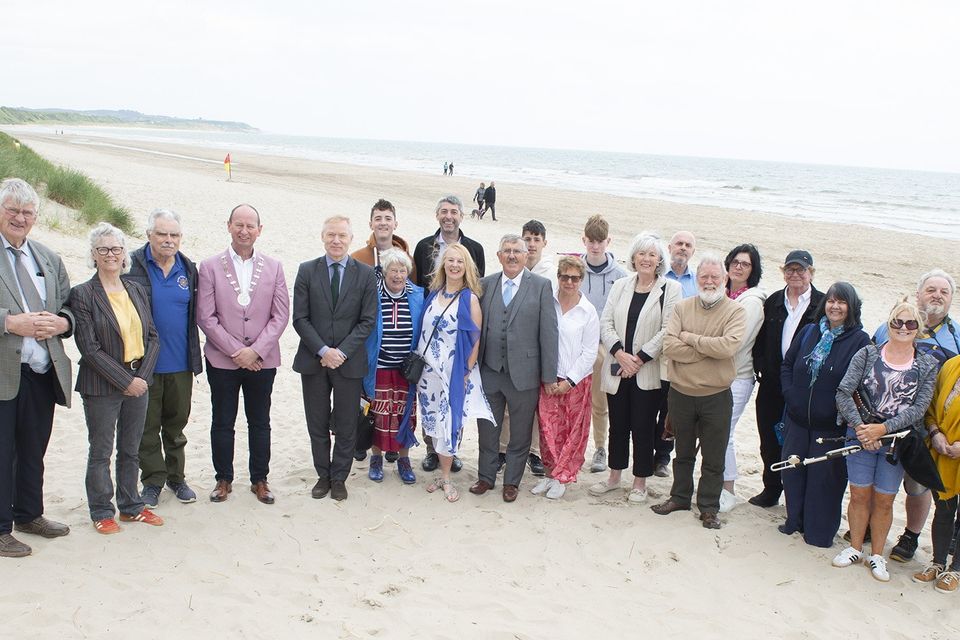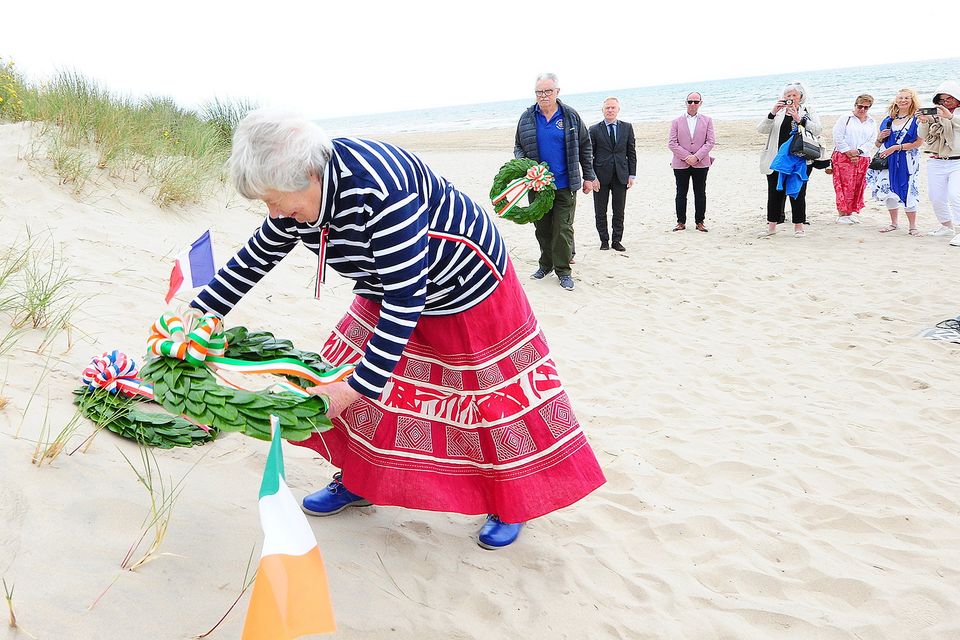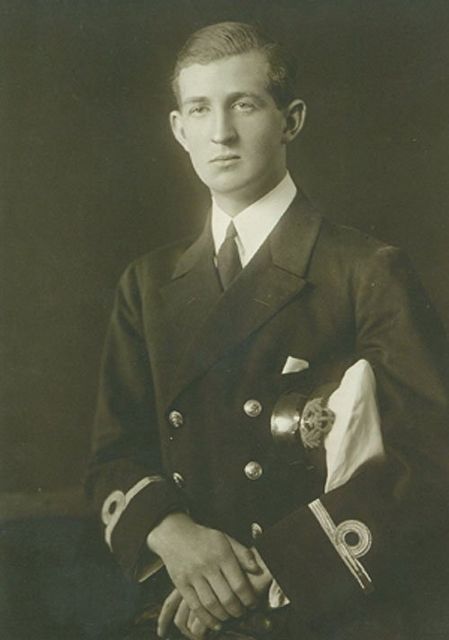World
Role of Wexford soldier remembered at D-Day commemoration – ‘He was the brains behind this remarkable operation’

Having played host to the production team of Saving Private Ryan for 11 weeks and being part of one of the most iconic movie scenes of all time, it was fitting that Ballinesker Beach was chosen to commemorate the 80th anniversary of the D-Day landings.
Organised by The Wexford Normandy Cultural Association (WNCA) this special event was attended by French ambassador to Ireland, Mr Vincent Guérend, and saw attendees lay wreaths in honour of all those who lost their lives on June 6, 1944.
That was the day that the Allied Forces stormed the beaches in Normandy, France, a day which was recreated to devastating effect in Steven Spielberg’s 1998 war epic.
The chairman of the WNCA, Leo Coy said Ballinesker was the obvious choice when it came to marking the anniversary of D-Day. He then described how one Wexford man played a pivotal role in the battle which turned the tide in the fight against Nazi Germany.
“The British War Office set up a Combined Operations HQ to harass the Germans and to plan Operation Overlord (D-Day),” said Mr Coy. “Lord Louis Mountbatten was appointed to the position of Director of Combined Operations and a Rickard Donovan, from Ballymore, Ferns, was part of the Combined Operations team.
Rickard Donovan.
“Rickard served during WWI and was promoted to lieutenant by 1919. However, his health was badly affected by his time aboard submarines and he contracted tuberculosis. He was subsequently invalided out of the Navy in 1927 having reached the rank of lieutenant commander.”
However. as Mr Coy explained, it was all hands on deck at the outbreak of WWII some 20 years later.
“Rickard re-enlisted and was assigned to Combined Operations which included Navy, Army, and RAF personnel. He quickly moved through the ranks and was made Senior Deputy Director of Combined Operations in 1944,” said Mr Coy.
“He was one of a small number of people responsible for working on the detailed plans of D-Day, and there is no doubt Rickard was the brains behind this remarkable operation.”
Retiring shortly after the end of the war in 1945, Rickard was awarded a CBE from the UK and a Legion of Merit from the US in recognition of his service during WWII. He died in London in 1952 and was buried in his family farm in Ballymore on a site overlooking the Irish Sea.
Concluding, Mr Coy underlined the importance of commemorating those who died not just on D-Day but throughout the six-year conflict.















